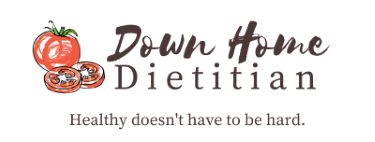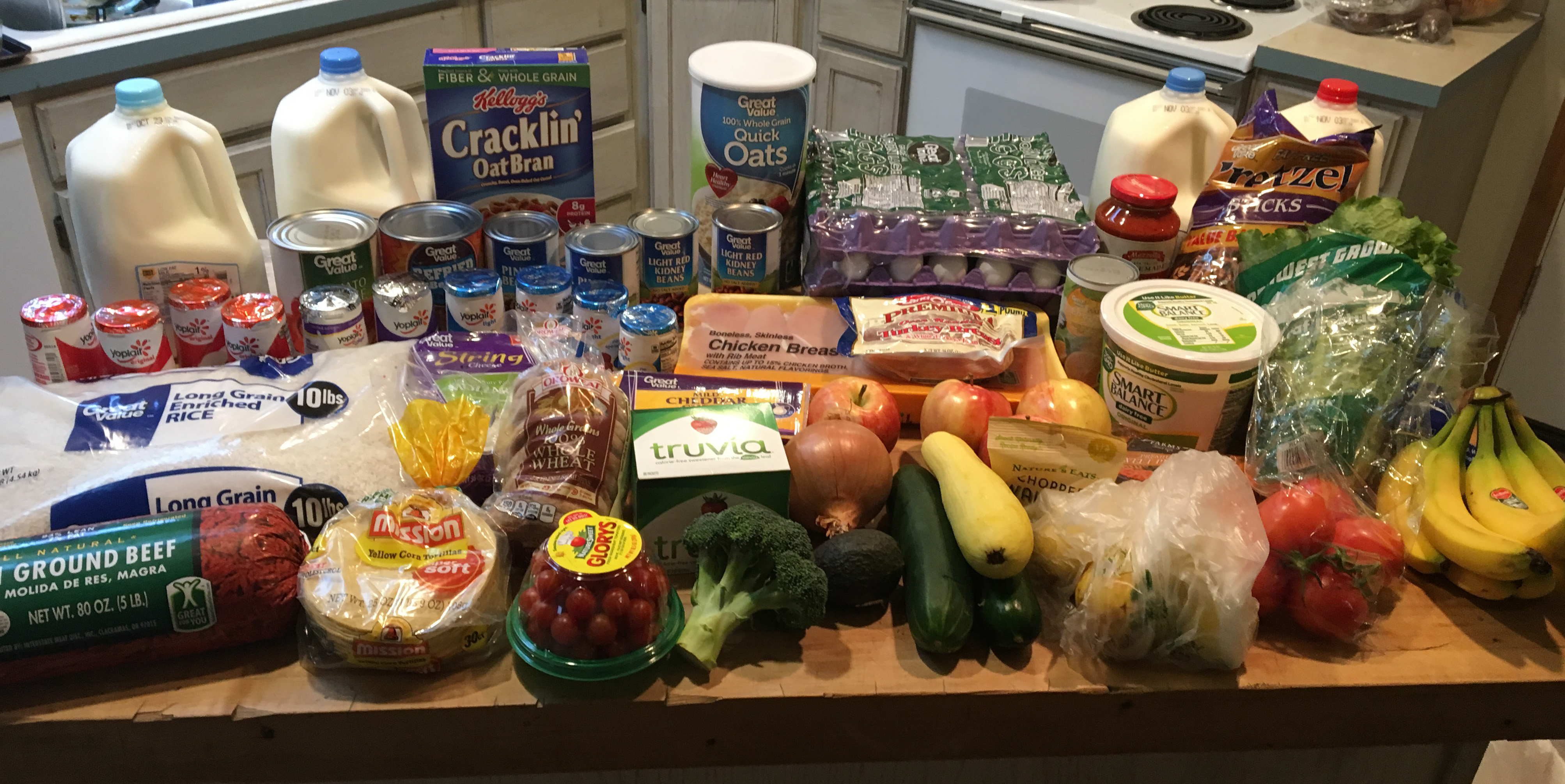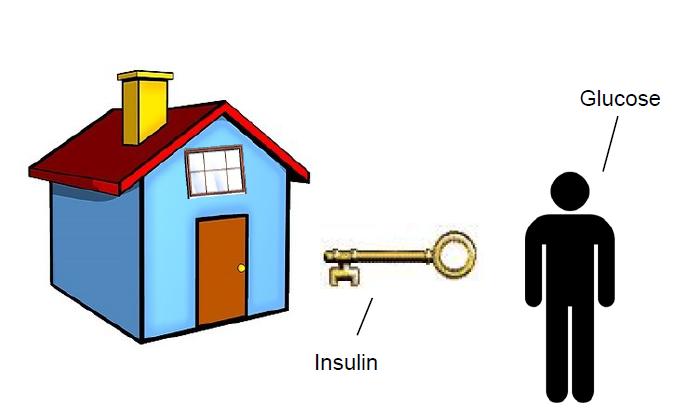So far, we’ve covered carbohydrate counting as the primary method of managing blood sugars. It is by far the most important nutritional factor to pay attention to. There are, however, other lifestyle factors that affect blood sugar and are critical to know.
If you have diabetes, have a family history of diabetes, or just want to promote health and prevent chronic conditions, check out the list below to learn about the types of things that can affect blood sugar aside from your diet:
- Stress – This one is HUGE. Stress of many kinds raises levels of a hormone called cortisol that raises blood sugar (1). It’s important to keep in mind here that stress is more than mental and emotional stress (bills, relational issues, busy schedules…you get the picture). It also includes physiological stress (think chronic pain, poor sleep quality and/or quantity, infections, illness, etc) that may not come to mind when we think of the word stress. It is important to make a priority of identifying effective methods of managing stress by addressing the roots of these issues.
- Mental/emotional stress – The “best” methods of stress management vary for each person but good options include yoga, walking, meditation, deep breathing, and enjoyable hobbies. If you struggle with depression, anxiety, or trauma that causes ongoing stress, find a qualified counselor you trust to help you work through these very real and overwhelming conditions.
- Physiological stress – Pursue the root cause of your physiological stress. If you suffer from chronic pain, discuss pain management options with your doctor (there are many options beyond pain pills!) or talk with a Registered Dietitian who is knowledgeable about methods of eating to reduce inflammation. If you have poor sleep quality, practice good sleep hygiene habits and consider asking your doctor to have a sleep study done (especially if you snore!) to see if you might have a potentially serious condition called sleep apnea.
- Physical inactivity – Our bodies are designed to move and groove. Doing so activates receptors to let more sugar out of the blood and into the cell to make the extra energy we need for all that movement. My favorite part about the benefit of exercise for blood sugar is that just 30 minutes of moderate exercise (brisk walking, dancing, swimming, biking – whatever you like!) can improve blood sugars for 1-2 days afterward (2). Talk about return on your time investment!
- Inflammation – Inflammation is a type of stress, so I could have included it under physiological stressors, but it’s such a big deal I felt it deserved its own bullet point. Type 2 diabetes is an inflammatory disease, and inflammation is one of the causes of the insulin resistance that is a precursor to type 2 diabetes. Reducing inflammation through exercise, anti-inflammatory eating, and achieving a healthful weight can significantly improve blood sugars (3).
- Medications – Certain medications can raise blood sugar significantly in some people. This typically resolves after they stop taking the medications, but not always. For people with diabetes, these meds raise blood sugars even farther. Taking these medications is not always avoidable, but if you’re concerned about your blood sugars, check the side effects on any medications you take and discuss them with your doctor.
- Aronson, D. (2009) “Cortisol – Its Role in Stress, Inflammation, and Indications for Diet Therapy. Today’s Dietitian, 11(11). Retrieved from http://www.todaysdietitian.com/newarchives/111609p38.shtml
- Colberg, SR, et al. (2010) “Exercise and Type 2 Diabetes: American College of Sports Medicine and the American Diabetes Association: Joint Position Statement.” Medicine and Science in Sports and Exercise, 42(12). Retrieved from http://europepmc.org/abstract/med/21084931.
- Shoelson S, Lee J, & Goldfine A. (2006) Inflammation and Insulin Resistance.” The Journal of Clinical Investigation, 116. Retrieved from http://www.jci.org/articles/view/29069?search%5Babstract_text%5D=&search%5Barticle_text%5D=&search%5Bauthors_text%5D=&search%5Bfpage%5D=1793&search%5Bissue%5D=&search%5Btitle_text%5D=&search%5Bvolume%5D=116.






